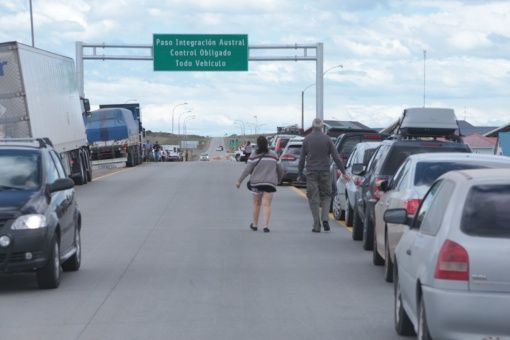
The Argentinean government will require all border provinces to submit a structured protocol for approval. | Photo: Tiempo Sur
Buenos Aires, August 10 (RHC)-- The National Director of Migration of Argentina, Florencia Carignano, informed on Monday that they are studying the possibility of reopening the land borders with Uruguay and Chile from next September 6, as long as the COVID-19 infection curve keeps its downward trend.
"We went from 1,000 people who can enter to 1,700 until September 6, and if the numbers continue to follow us, we will go to 2,300, conditioned to the opening of other international airports in the country, and the establishment of safe land corridors," said Carignano.
The official indicated that one of the possible reasons for the opening is the tendency of decrease in the number of infections in Uruguay and Chile, as well as the progress they have made in their vaccination plans.
Carignano affirmed that Argentina is also making progress with the vaccination against Covid-19, where more than 12 million doses have been applied in the last five weeks and a decrease of 40 to five percent in the non-compliance with the isolation by travelers arriving to the national territory.
It is precisely during this period that the partial restriction on the entry of Argentinean citizens who were abroad has been in force, due to this high rate of non-compliance with quarantines, in addition to the increase in the scourge of the Delta variant of the virus.
The official detailed the necessary requirements to successfully implement the opening in the provinces, among which stand out the existence of a laboratory to test the entrants; to have isolation sites for them; and to have a mechanism for the transfer of samples to the Malbrán, to determine the variant of the coronavirus for those who test positive.
In the cases of the provinces bordering Chile or Uruguay, citizens must present a structured protocol for approval; while he added that only the provinces of Buenos Aires, Salta and San Juan, determined to establish their isolation in hotel facilities, while the rest maintain the previous mechanism.

